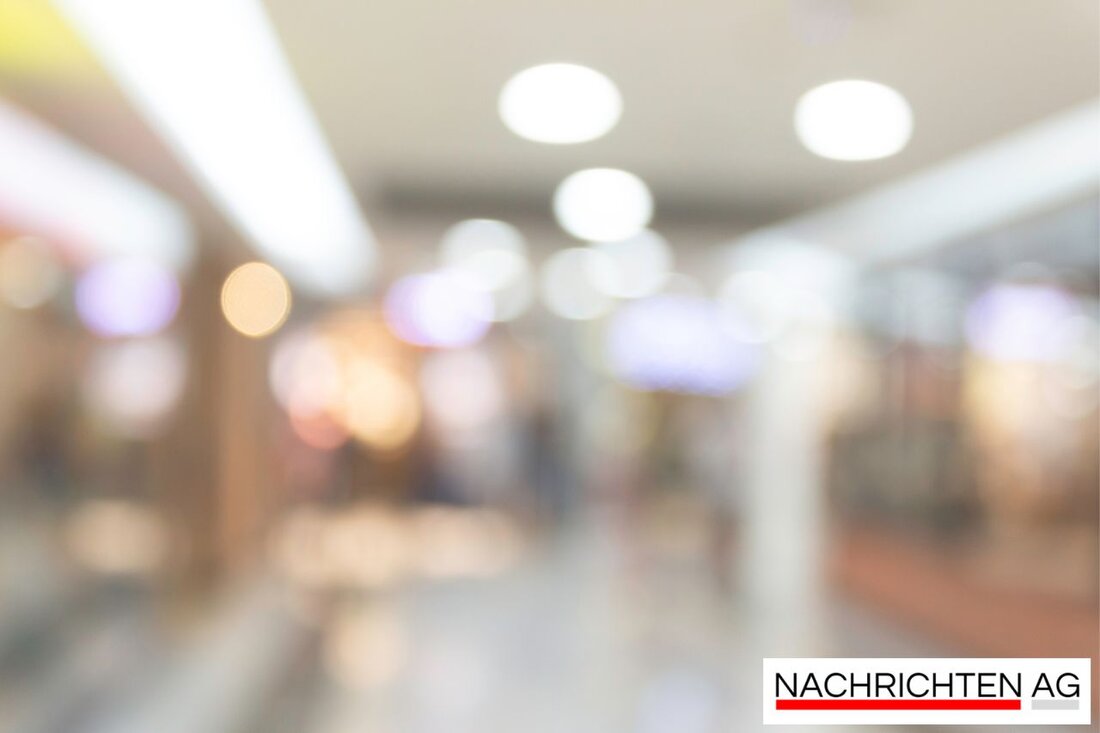Falkplatz becomes a green paradise: games and sports for Pankow!
A new neighborhood park will be developed at Falkplatz in Pankow by 2026 to promote play, sport and recreation.

Falkplatz becomes a green paradise: games and sports for Pankow!
On October 16, 2025, it was announced that the new space at Falkplatz at the Max-Schmeling-Halle would be available nine months earlier than planned. The area covers around 4,300 square meters and offers a wide range of opportunities for games, sports and relaxation. This measure is part of the second construction phase to qualify Mauerpark, which is being implemented by the state-owned company Grün Berlin on behalf of the State of Berlin. Four modern sports stations have now been installed on the south side of Falkplatz and the number of table tennis tables has doubled to a total of four. New seating and bicycle racks were also added.
Particular attention is paid to sustainable development: 600 square meters of paths and squares have water-permeable joints that enable better rainwater infiltration. The aim of these measures is to improve the quality of stay and promote sustainable urban development. The remaining redesign of the Falkplatz is planned for spring 2026, while the renovation of the playground is scheduled to take place from autumn 2025 to take into account its use next summer. In total, the state of Berlin will invest around 16 million euros in the renovation and further development of Mauerpark by 2027, financed by the urban development funding program of the Senate Department for Urban Development, Building and Housing.
Natural design
The preparatory construction measures at Falkplatz will begin on July 15, 2024, with construction expected to start at the beginning of August 2024. The goal here is to create a natural neighborhood park that promotes ecological diversity. The total area of the neighborhood park will be 33,350 square meters. The concept is developed in collaboration with citizens, civil society and experts and is based on the Berlin Strategy for Biological Diversity.
- 15.000 Quadratmeter Wiesenfläche werden überarbeitet, um neue Wildblumen- und Kräutersäume zu integrieren.
- Zusätzlich werden 17 neue Bäume gepflanzt und ca. 5.000 Quadratmeter Rasenfläche für die Besucher erneuert.
- Ein 2.890 Quadratmeter großes Wegenetz, der Spielplatz und die Walross-Plantsche werden saniert.
Falkplatz will be temporarily closed during construction work, but the playground will remain open. An important challenge is selective explosive ordnance examinations, which serve as a first step towards security in the affected areas. The budget for the qualification of Mauerpark and Falkplatz amounts to around 16 million euros from the “Future Urban Green” program.
Sustainable urban development in context
The project at Falkplatz is part of the growing social sensitivity for sustainable urban development. Since the beginning of the 21st century, over 75% of the population in Germany has lived in cities, and the number is expected to rise to 70% worldwide by 2050. The central question is how urban development can be designed sustainably to meet the needs of current and future generations. These challenges are not only ecological, but also social and economic.
Sustainable urban development therefore requires a fair balance between current and future living conditions. It is crucial that future quality of life is adequately taken into account in urban development processes. Collaboration between different disciplines is of central importance to improve socially acceptable standards in urban development projects and to protect disadvantaged households. Education and knowledge transfer play a crucial role in promoting the acceptance of sustainable urban development. Those responsible must also keep the interests of future generations in mind and design spaces that benefit both current users and future residents.

 Suche
Suche
 Mein Konto
Mein Konto
